We’re currently in the heart of tornado season. Surely, the Midwestern states come to mind as areas in the bullseye; however, all 50 states have experienced a tornado according to the National Oceanic and Atmospheric Administration (NOAA). Here’s what to do if you’re driving a car during a tornado.
Tornado Warning Signs
First, it’s important to know the warning signs of a tornado, which include:
- Large hail and heavy rain followed by a calm period and a sudden wind shift
- Low, dark clouds that appear to be rotating
- Deep rumbling that sounds like an approaching freight train
- Swirling debris on the ground
What To Do If You’re Driving During A Tornado
If a tornado touches down, admittedly, a car isn’t the most ideal place to be; however, drivers can try some of these alternatives to take cover.
- If you’re driving during a nearby tornado, do not try to outrun it. You should pull over, duck down below the windows in the vehicle, keep your seatbelts fastened and cover your head with your hands or a blanket or cushion.
- For tornadoes off in the distance, try driving away from the funnel cloud, moving at 90 degree angles from its path. See if you can find a sturdy building to seek shelter. Banks and fast food restaurants often work well because they have fortified structures like a vault or a freezer.
- As another alternative, you can pull over, exit your vehicle and take cover in a low-lying ditch on the side of the road if a tornado forms nearby. Again, cover your head with your hands or a blanket. You should only consider exiting your vehicle if you can do so safely.
What To Do After The Tornado Passes
When a tornado hits, refrain from taking cover under an overpass. Contrary to popular tornado myths, overpasses don’t offer much protection from flying debris, which causes the most tornado-related injuries.
After the tornado passes, use extreme caution and avoid dangerous debris such as broken glass, nails and other sharp objects. Always stay away from downed power lines, because it can be impossible to tell whether they are live or not. Lastly, don’t enter buildings that have sustained heavy damage because they could collapse.
Caught in torrential rain? Check out our safe driving tips for wet weather.
By Mike Young

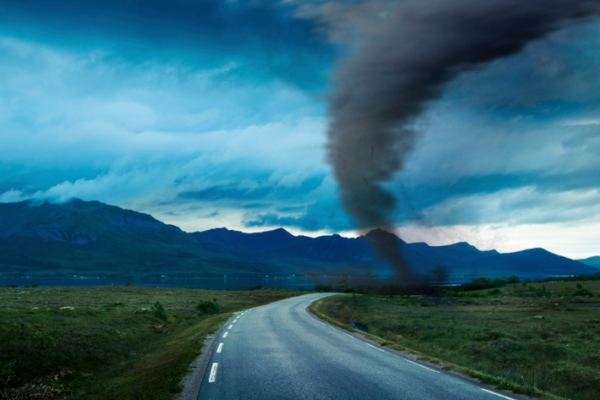

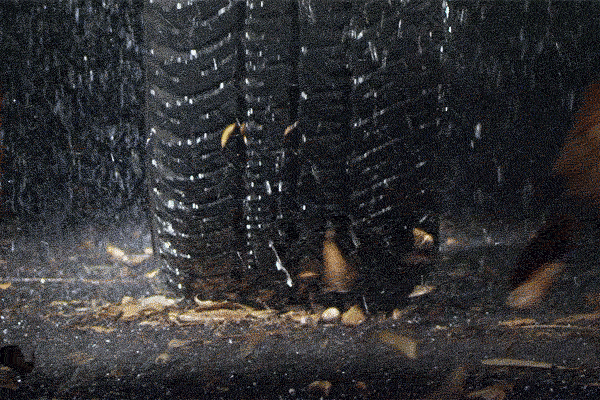
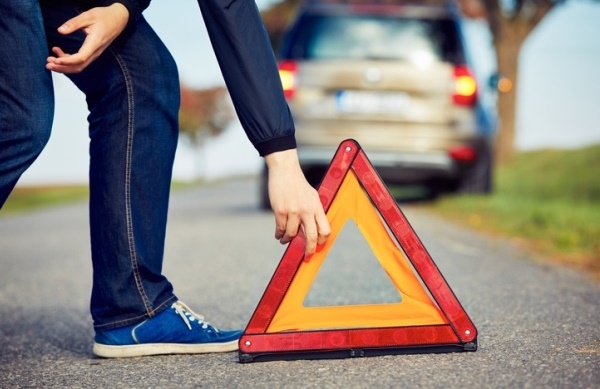
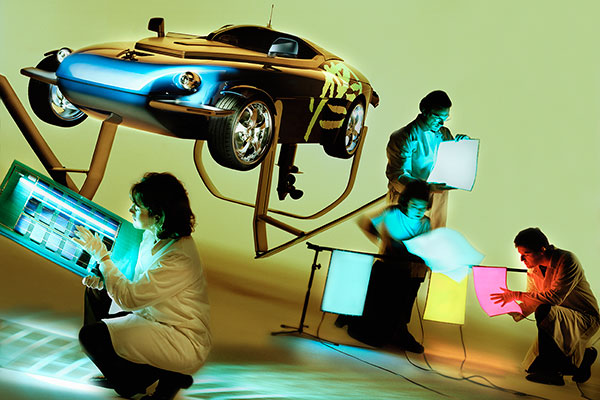
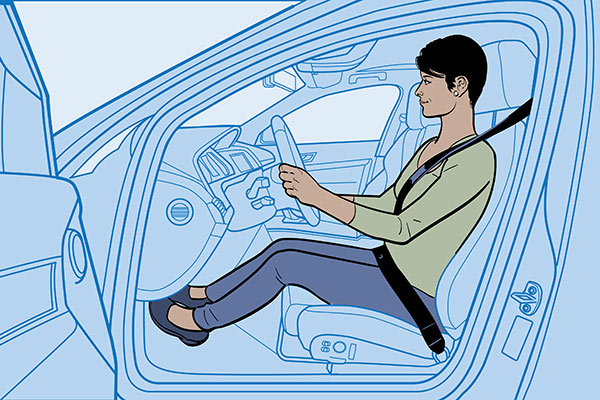


Howard Turner says,
Thanks for the Info and it was very good Information.
Amanda says,
It’s also worth mentioning that the direction you’re driving is significant. A tornado’s path is dictated by the storm it’s a part of, meaning that in the U.S. at least, a tornado will rarely track in a westerly direction. Northeast or eastern tracks are especially common, so if you’re trying to get out of the path of the storm by driving at right angles, turning north from an eastbound route is a bad plan in most cases. South is usually the better choice. And if the funnel is due east of you, there’s a lot less cause for concern (obviously, hail, wind, debris are still dangerous, but the tornado itself isn’t likely to track toward you).
Crystal says,
This was excellent information… period.
Dianne says,
What are the odds the bank staff at the local bank will let you into the vault to take cover in case of a tornado? I would say, “Not much.”
Mike Handy says,
“As another alternative, you can pull over, exit your vehicle and take cover in a low-lying ditch on the side of the road if a tornado forms nearby. Again, cover your head with your hands or a blanket. You should only consider exiting your vehicle if you can do so safely.”
ALWAYS ALWAYS ALWAYS get out of the car. The physics of a tornado mean the car is like a piece of paper, even small ones will throw your car into the air. Try putting a playing card on two pens and turn on a fan. The pens are your tires, the fan is the tornado.
Franci Almanzar says,
Very scary, but common sense is the best way.